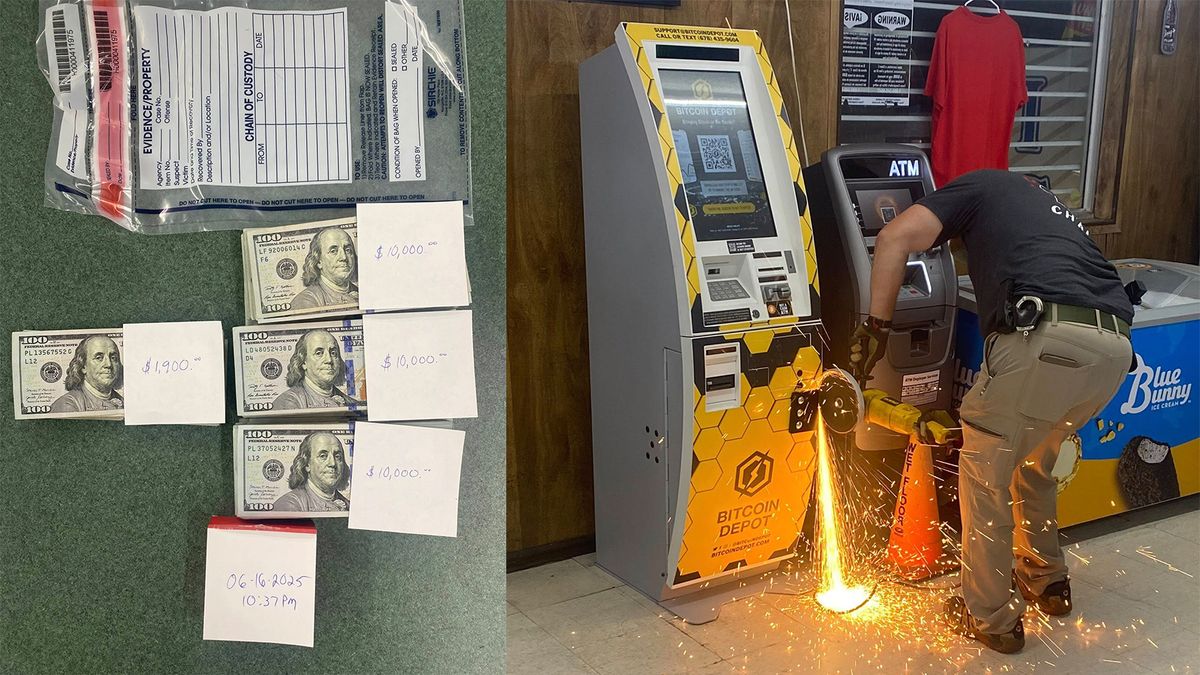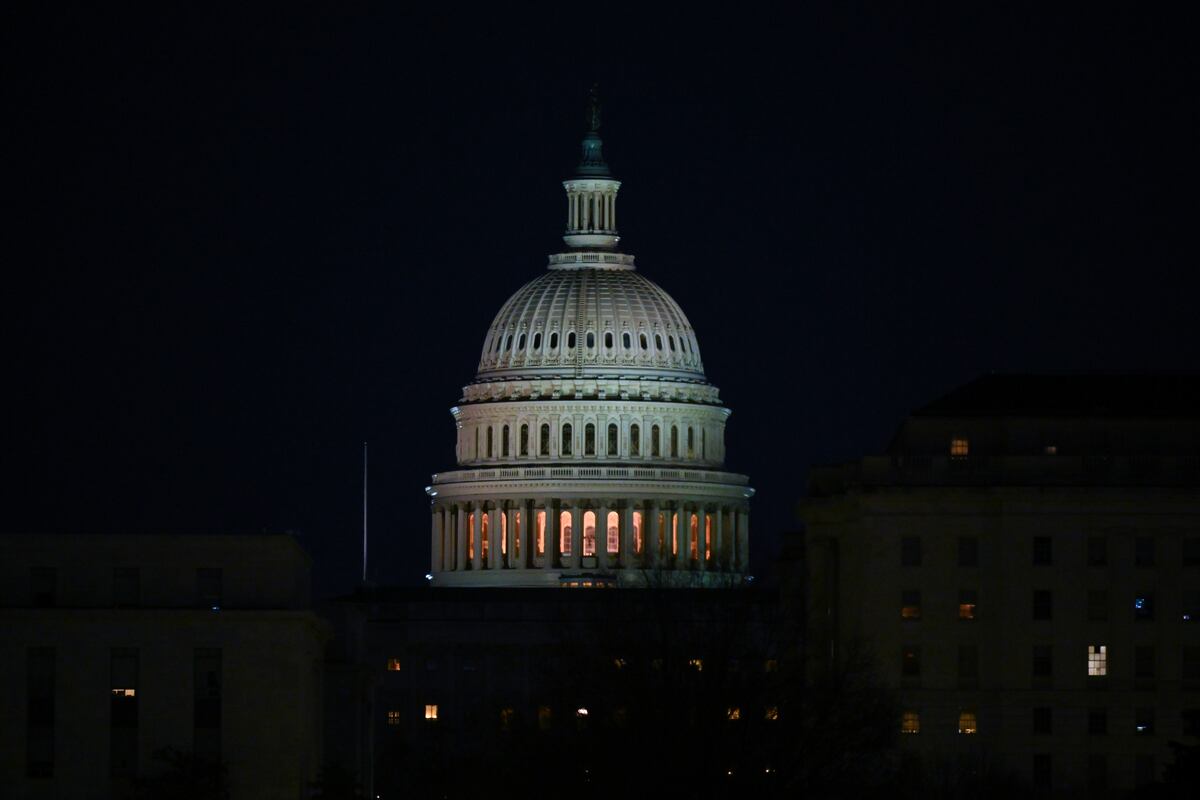Coin WorldSunday, Jun 29, 2025 12:58 am ET
![]() 3min read
3min read
This week, the cryptocurrency market experienced significant volatility due to a series of major developments. Geopolitical tensions, particularly airstrikes between the US and Iran, triggered a massive sell-off, causing Bitcoin's price to plummet to $98,500, its lowest point in nearly seven weeks. This uncertainty directly impacted the broader cryptocurrency market, leading to a sharp decline in prices. However, the market quickly rebounded as rumors of a truce between Israel and Iran circulated, leading to a classic "buy the rumor, sell the news" pattern. This pattern saw prices surge initially on unconfirmed rumors, followed by a brief sell-off once the truce was confirmed, before the market stabilized again.
During this period of turmoil, a predictable pattern emerged between different types of investors. Retail traders, reacting with caution and fear, sold their holdings to avoid further losses. In contrast, larger investors, or "whales," saw these moments as opportunities to accumulate more cryptocurrency. Whale wallet activity during major dips can be a strong indicator of market strength and potential reversals, contrasting with retail panic. This week, wallets holding between 10 and 10,000 BTC added an impressive amount of Bitcoin, indicating growing confidence among large investors.
While Bitcoin managed to climb back and post a 2.8% gain for the week, most other cryptocurrencies lagged behind. Ethereum, for instance, started to lag, and the vast majority of altcoins remained in the red. This trend is common during periods of high uncertainty, as investors flock to the perceived safety of Bitcoin. However, the futures market for Ethereum showed a different story, with funding rates flipping negative, indicating widespread shorting. This could be a contrarian bullish signal, as a price rise could trigger a "short squeeze" and add fuel to a rally.
In other major news, the long-running legal battle between Ripple and the SEC took an unexpected turn. A judge decided to block a mutual request for a $50 million settlement, creating uncertainty in the market. Despite this, on-chain sentiment for XRP actually moved higher, suggesting that the community may see this as a positive development. This highlights the importance of looking at sentiment data alongside price movements, as it can provide valuable insights into market dynamics.
On-chain data also revealed that Bitcoin Cash (BCH) is showing extremely bullish signals. There was a massive spike in whale transactions involving BCH, the largest seen all year. This was supported by other metrics, including rising social dominance and a shrinking "mean dollar invested age," which signals that dormant coins are moving. This combination of bullish on-chain signals creates a much stronger investment thesis for BCH.
The market's resilience, led by Bitcoin, demonstrates the underlying strength that persists despite external shocks. Understanding these patterns requires looking beyond the price charts. By using data-driven tools to monitor sentiment and whale activity, investors can gain a clearer picture of the market's true direction. This week's events serve as a powerful lesson in market dynamics, highlighting the importance of staying informed and using data-driven insights to navigate the volatile cryptocurrency market.
Looking ahead, the cryptocurrency market is poised for another week of volatility, with several key events on the horizon. The final agreement date for tariffs between China and the US is approaching, which could have significant implications for the market. Additionally, central bank speakers and macroeconomic data releases are expected to contribute to market movements. Investors will be closely monitoring these developments, as they could trigger further volatility in the coming days.
On Monday, key speakers from the Federal Reserve and the European Central Bank are scheduled to address the public, which could provide insights into future monetary policy decisions. The Ethereum Community Conference is also set to take place, which could have implications for the Ethereum ecosystem. On Tuesday, the ECB Central Bankers Forum will begin, featuring speeches from prominent central bankers, including Powell, Lagarde, Bailey, and Ueda. The U.S. JOLTS Job Openings data is also expected to be released, with analysts forecasting a figure of 7.3 million, down from the previous 7.391 million.
On Wednesday, the U.S. ADP Employment Change data is expected to be released, with analysts forecasting a figure of 80,000, up from the previous 37,000. On Thursday, the U.S. markets will close early, and several key economic indicators are expected to be released, including the U.S. Unemployment Rate, Non-Farm Employment, Average Earnings Annual, S&P Services PMI, and Factory Orders Monthly. The ECB Meeting Minutes are also expected to be released, which could provide further insights into the ECB's monetary policy decisions. On Friday, the U.S. markets will be closed for a holiday.
With just days left until the 9 July deadline, key data for the Fed’s July rate decision will be released on Thursday. Although the ultimate decision will be influenced by the inflation data on the 15th, a notable weakness in employment above expectations might rally more supporters for the “Fed could cut in July” camp. Meanwhile, announcements regarding the signing of tariff agreements are expected to support the rise of cryptocurrencies. The messages from EU officials in response to the U.S.’s recent tariff proposal in the coming days will be significant. If the EU intends to enter a “dispute” phase before reaching a settlement, the consequences for cryptocurrencies might not be favorable. Announcements by central bank governors at the EU event this week will be crucial.









 English (US) ·
English (US) ·